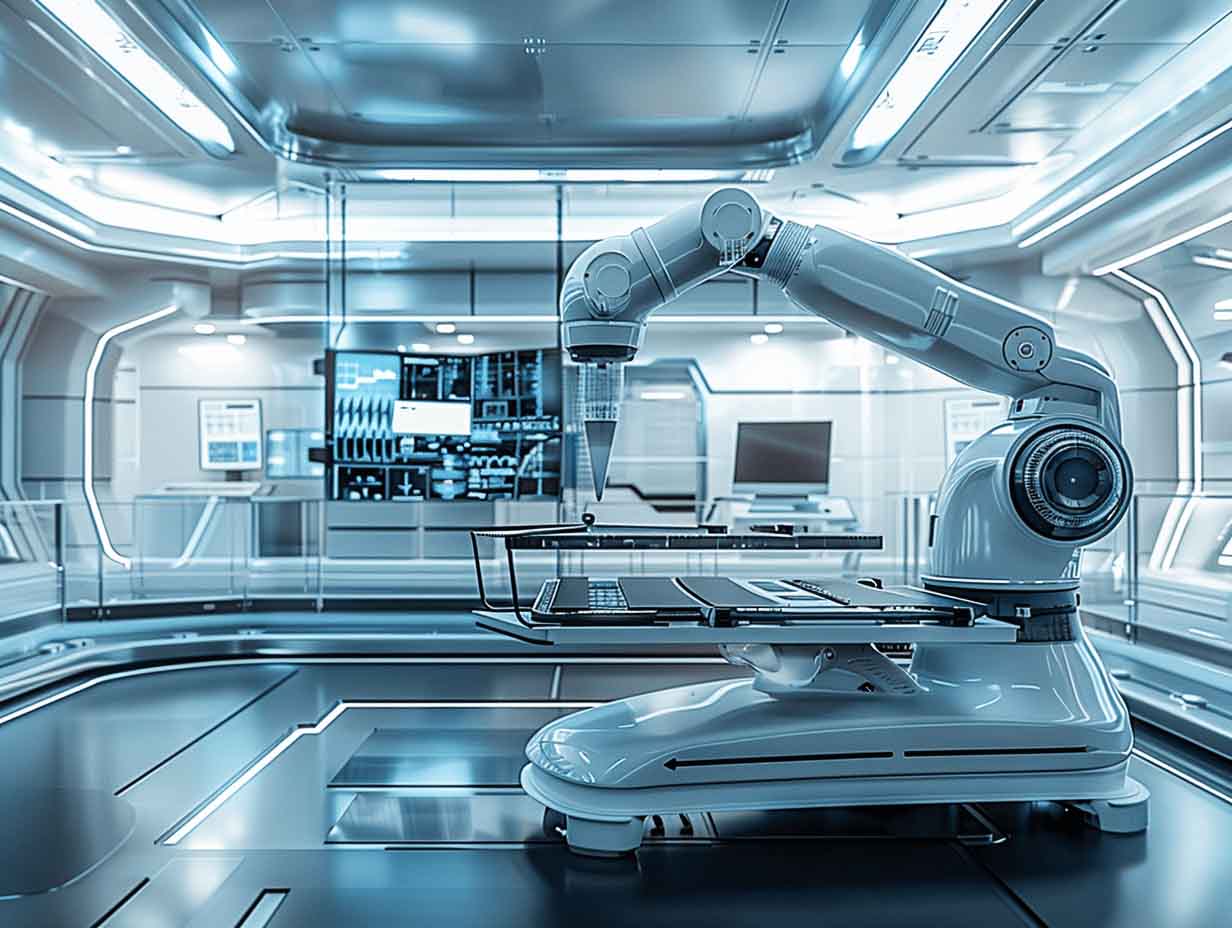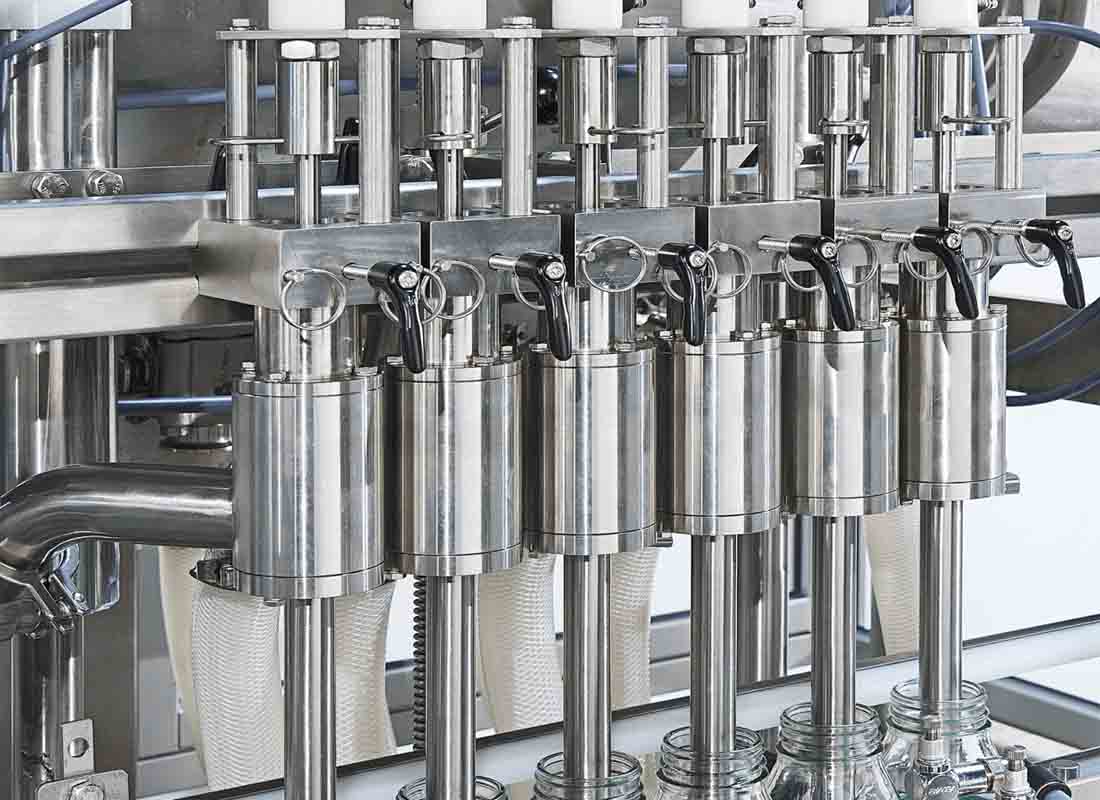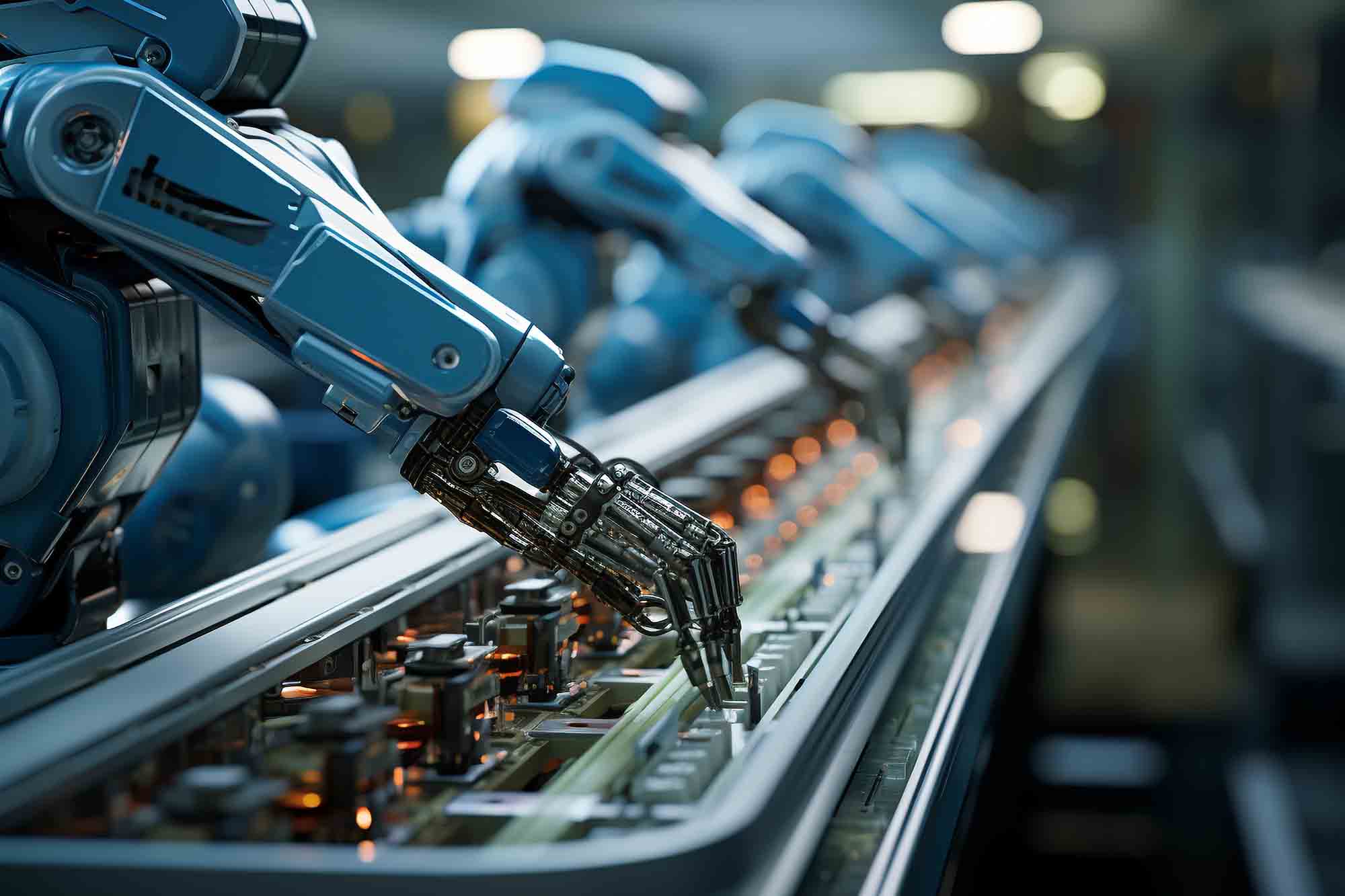Industry Applications Unveiled: The Pivotal Role of Pneumatic Technology
Jan 22, 2024
Pneumatic compression motion systems have been a cornerstone in the realm of industrial machinery for over a century. With the surge in global adoption of automation technology, this article delves into the pivotal application areas of the pneumatic industry. Beyond the familiar sight of automated machinery and robot arms, where else does pneumatic technology play a crucial role? What sets pneumatic apart from electrical and hydraulic technologies, and where do they find common ground? How is pneumatic technology blending with emerging technologies like AI, and what's on the horizon for its future development? Join us in exploring these intriguing questions and gaining a deeper understanding together.
Industry Overview:
Pneumatic systems play a crucial role in various industries, offering unparalleled flexibility, efficiency, and cost-effectiveness. From enhancing production lines in manufacturing to optimizing processes in the automotive sector, their versatility makes them an integral part of modern automation systems.

Applications in Different Industries:
Manufacturing Applications:
Pneumatic components find application in assembly lines, automated production, and control systems, significantly boosting efficiency.
Machine Tools Applications:
Used in CNC machine tools for pneumatic clamping and positioning systems, as well as in pneumatic tools for metal processing.
Medical Devices Applications:
In the medical field, pneumatic components play a vital role in controlling, manipulating, and ensuring the precision of various medical devices.
Food and Beverage Industry Applications:
Critical for improving production efficiency in the food and beverage sector, pneumatic components also address environmental concerns through sustainable packaging materials and energy-efficient production processes.
Energy and Environmental Applications:
In energy production and environmental sectors, pneumatic components contribute to the control and movement in renewable energy systems like wind and solar.
Electronics Industry Applications:
Utilized in semiconductor production for pneumatic control systems and in assembling electronic devices with pneumatic tools.
Textile and Wood Industries Applications:
From pneumatic elements in textile machinery to controlling systems in wood processing equipment and components in woodworking tools, pneumatic systems drive innovation.
Intralogistics Applications:
Applied in warehousing and logistics for pneumatic conveying systems and handling devices, including robots.
Automotive Industry Applications:
Integral to the manufacturing and assembly processes in the automotive industry, playing roles in automated assembly lines and processes.
Printing, Paper, and Converting Industry Applications:
Utilized in printing machinery and control systems for paper and converting equipment.
Aerospace Applications:
Critical applications in aerospace involve pneumatic components in aircraft systems for control and manipulation of flight surfaces.
Comparisons and Complementarity with Other Technologies:
Pneumatic technology boasts exceptional flexibility, applicable to various movements and scenarios, and is relatively more cost-effective, reducing overall system costs. As it doesn't involve the use of liquids, pneumatic systems are more environmentally friendly, eliminating concerns about liquid leaks. Additionally, the straightforward structure of pneumatic components makes them easy to maintain and replace, enhancing system reliability.
Electrical technology offers higher precision and precise control, suitable for applications requiring high precision in motion. Electric devices have higher power density, suitable for scenarios requiring high power output, especially in applications that require frequent starts and stops.
Hydraulic technology is suitable for high-power transmission, especially in fields like construction machinery. Hydraulic systems can provide precise force and position control, applicable to scenarios requiring high control precision. Furthermore, hydraulic components are typically more compact than pneumatic components, making them suitable for environments with limited space.
Emerging Technologies and Future Trends:
Internet of Things (IoT) and Smart Automation:
The integration of pneumatic components with IoT enables device connectivity and remote monitoring, enhancing production efficiency with real-time data collection and remote diagnostics.
Artificial Intelligence (AI) and Automation:
Exploration of the fusion of pneumatic components with AI in automation, empowering intelligent control and collaboration with robotic systems for increased productivity and flexibility.
Maturation of Industry 4.0 and Global Trends in Digital Twins:
Detailed insights into how digital twins simulate and optimize the production processes of pneumatic components, emphasizing their role in predicting and preventing issues, real-time monitoring, maintenance, simulation, optimization, and intelligent operational support.
Sustainable Energy and Green Technology:
Highlighting the integration of pneumatic components into sustainable energy systems and green technologies, especially in wind and solar applications.
Innovations in Materials and Design:
Exploration of innovative applications in pneumatic components involving new materials and advanced engineering designs, focusing on lightweight materials and engineering designs to enhance product performance and reduce energy consumption.
In the automotive industry, traditional combustion engine vehicles have undergone centuries of development, evolving from manual craftsmanship to large-scale, standardized production. In the early 20th century, Henry Ford introduced assembly line production, making automobiles more accessible. By the late 20th century, automation and new technologies such as mechanical assembly and computer-aided design came into play. With the arrival of the 21st century, the rise of new energy vehicles coincided with the transformative impact of Industry 4.0 technology on the entire manufacturing process.
The integration of new energy vehicles with Industry 4.0 has brought about a revolution in intelligent manufacturing, digital design, customized production, application of new materials, and sustainability. Smart sensors and connected devices on the production line have enhanced efficiency and product quality. Digital technology has shortened the product development cycle, and Industry 4.0 allows for flexible, customized production based on customer demands. This trend towards a new era aligns with environmental and sustainability requirements, propelling automotive manufacturing towards a more intelligent, flexible, and eco-friendly direction.
In conclusion, pneumatic technology serves as a vital force in the realm of automation. Its versatile and efficient applications in manufacturing, healthcare, and energy drive industry progression. The seamless integration with emerging technologies positions pneumatic systems as key players in digital manufacturing, sustainable energy, and smart automation. We encourage a continued passion for pneumatic innovation, facilitating adaptation to industry developments and challenges. Our exploration and research in automation technology not only advance the field but also contribute to human development, industrial improvement, and environmental preservation.
You May Interest In




Oct 23, 2023 Industry Solutions
Pneumatic industry application copyFOKCA ©1998-2025 Fescolo Pneumatic All Rights Reserved Sitemap